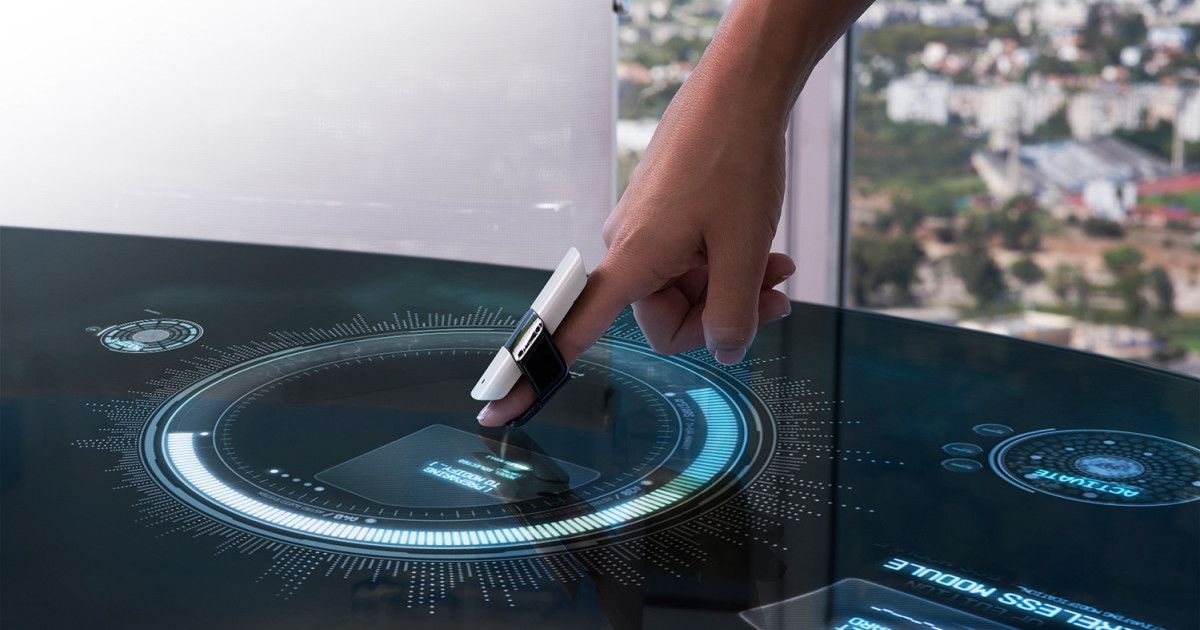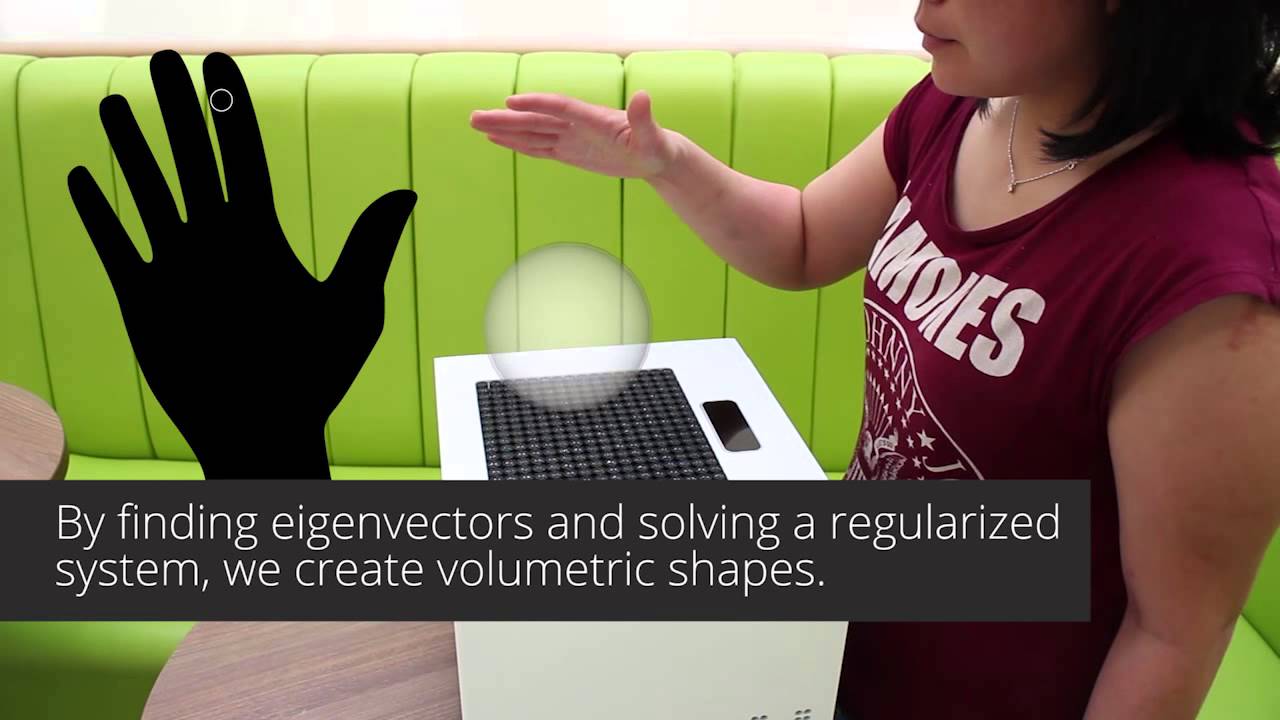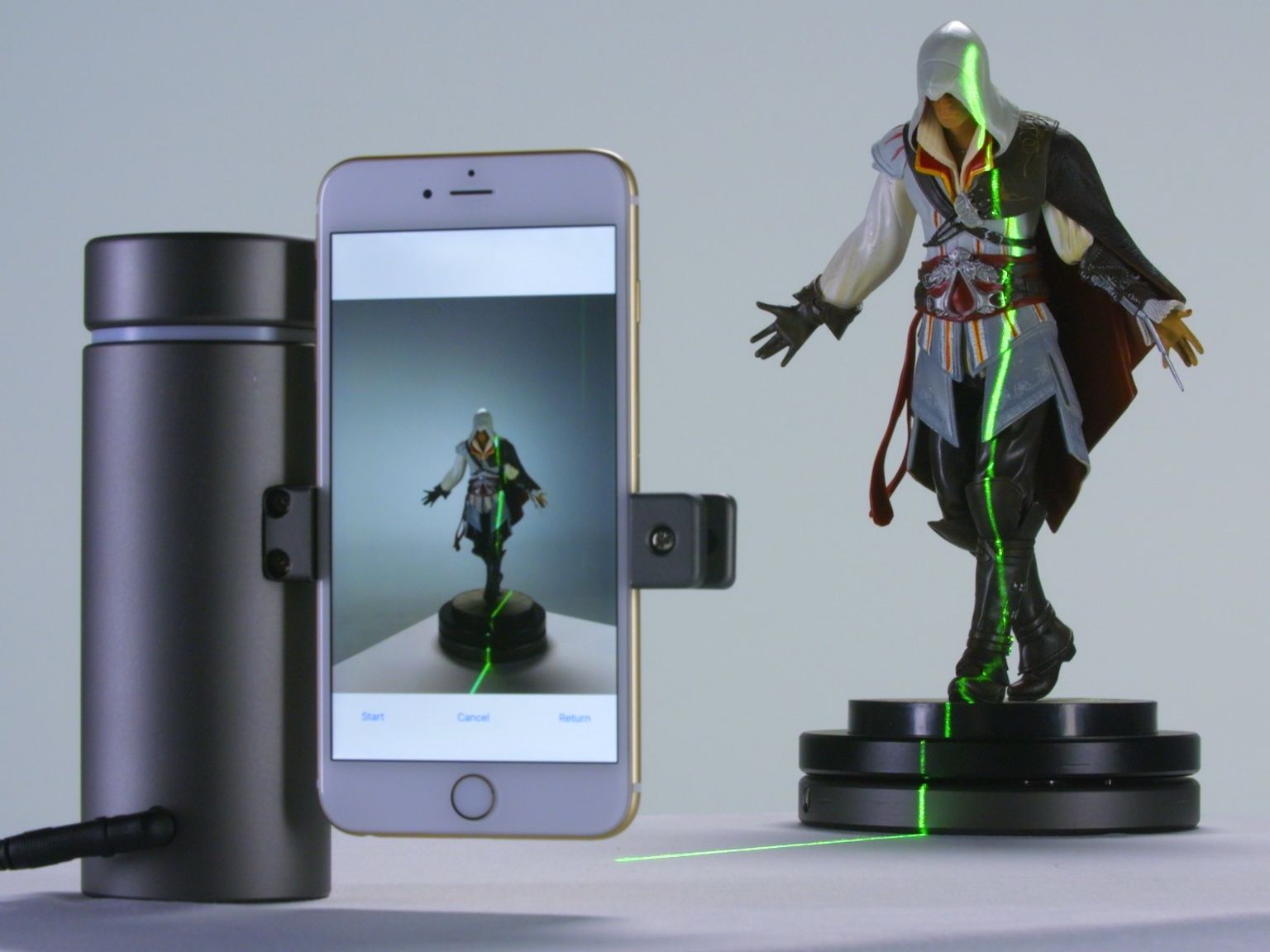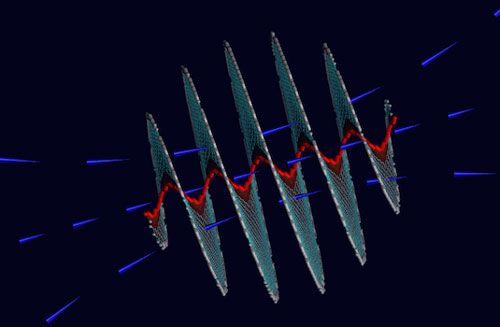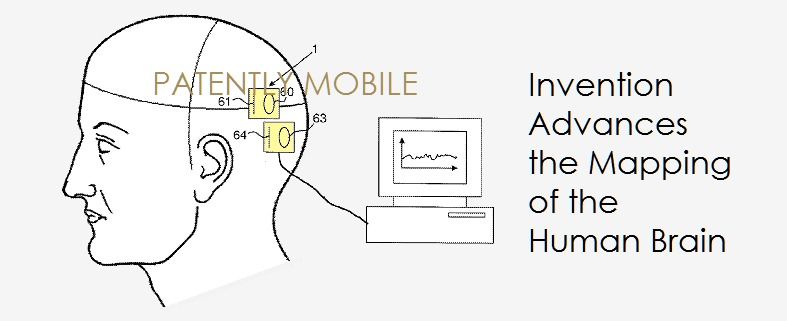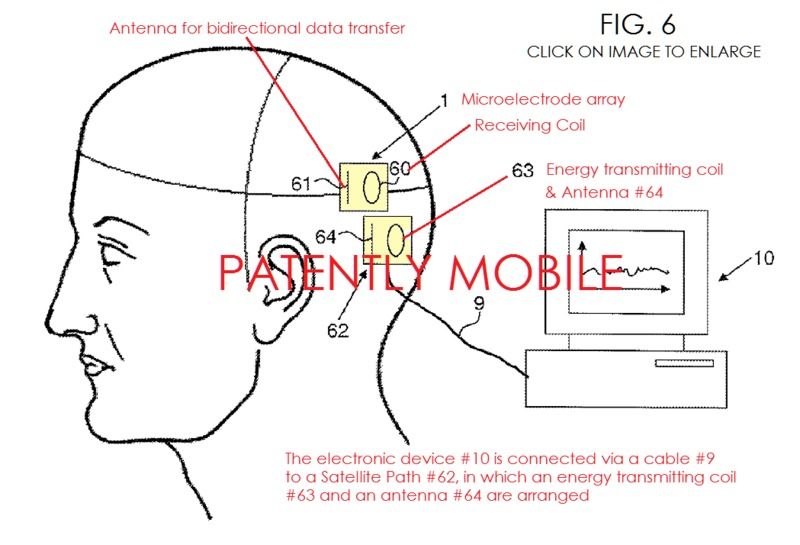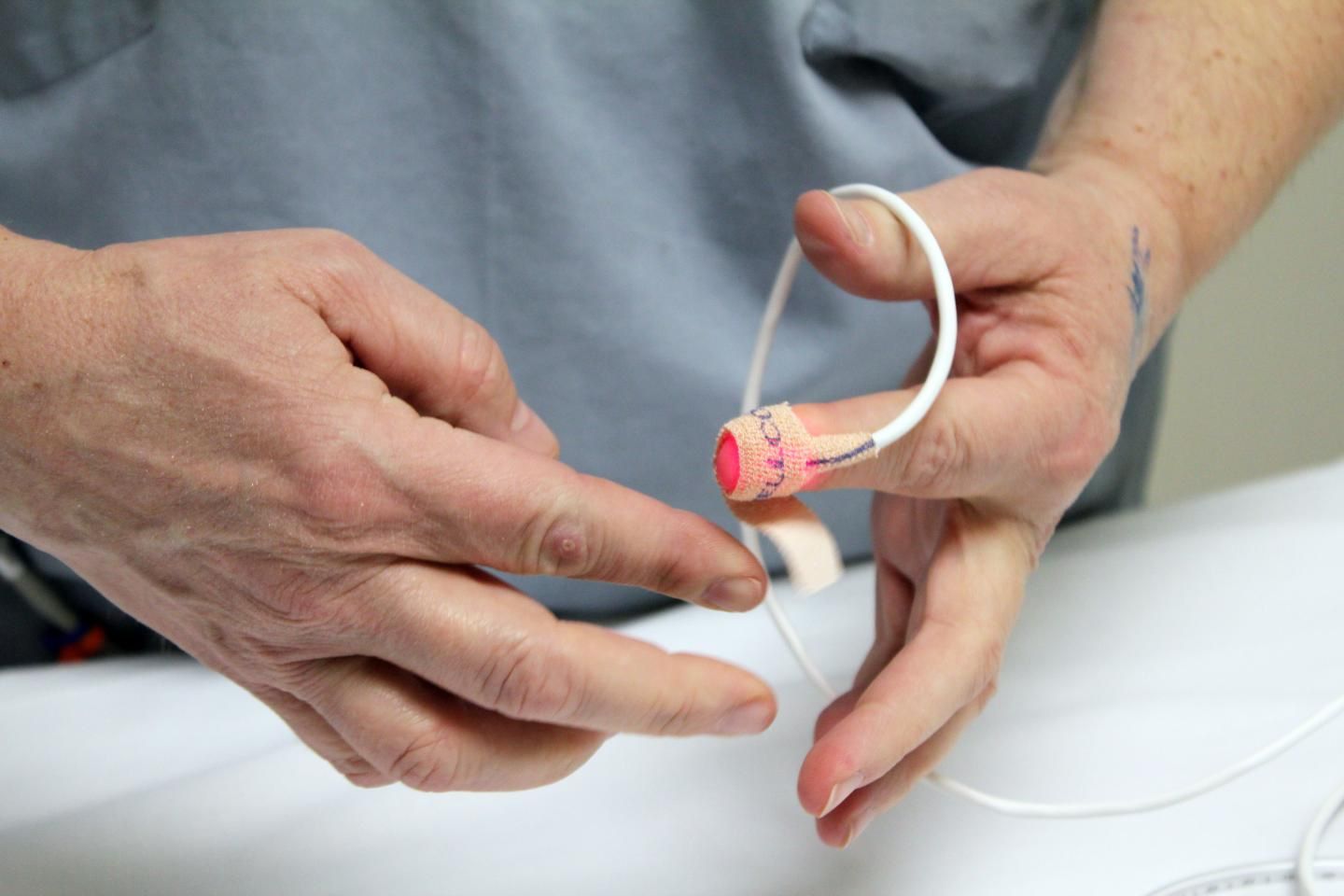
A low-cost, high-speed method for printing graphene inks using a conventional roll-to-roll printing process, like that used to print newspapers and crisp packets, could open up a wide range of practical applications, including inexpensive printed electronics, intelligent packaging and disposable sensors.
Developed by researchers at the University of Cambridge in collaboration with Cambridge-based technology company Novalia, the method allows graphene and other electrically conducting materials to be added to conventional water-based inks and printed using typical commercial equipment, the first time that graphene has been used for printing on a large-scale commercial printing press at high speed.
Graphene is a two-dimensional sheet of carbon atoms, just one atom thick. Its flexibility, optical transparency and electrical conductivity make it suitable for a wide range of applications, including printed electronics. Although numerous laboratory prototypes have been demonstrated around the world, widespread commercial use of graphene is yet to be realised.
Read more
